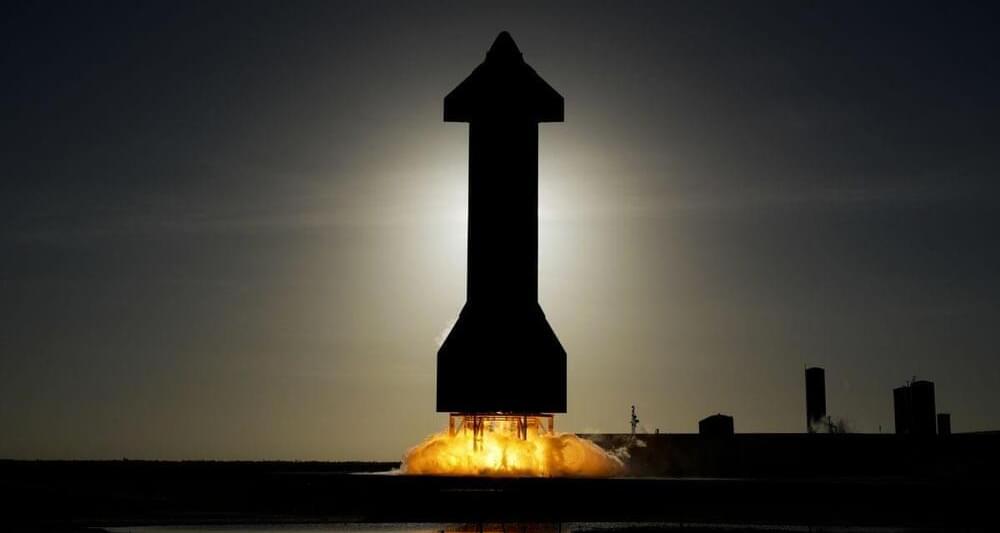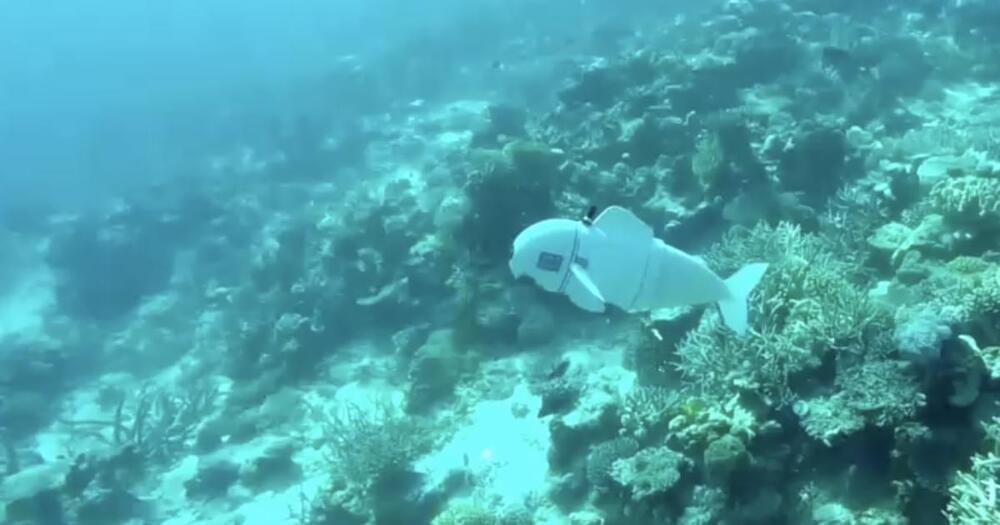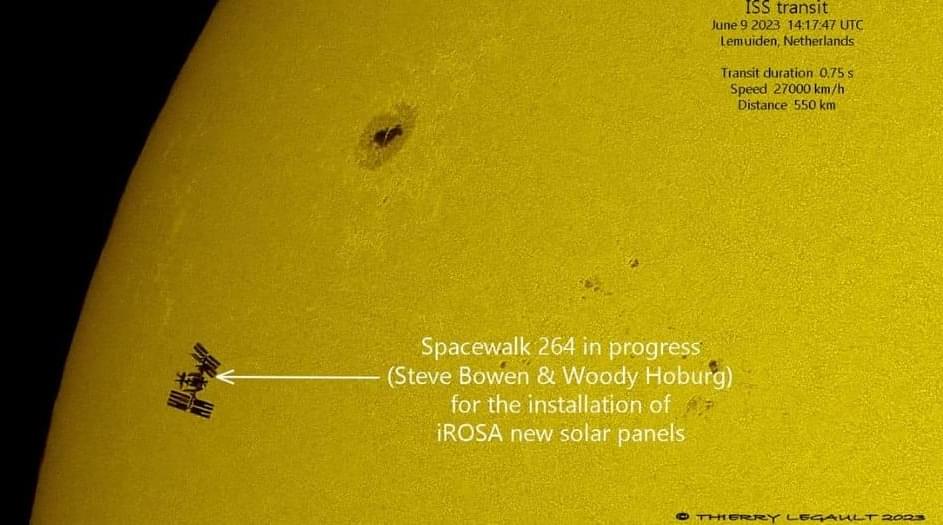In a new study published in Aging Cell [1], researchers report that transient activation of the Yamanaka factor Oct4 allowed partial reprogramming of cells, which led to rejuvenation in these cells and in a mouse model of premature aging.


In a new study published in Aging Cell [1], researchers report that transient activation of the Yamanaka factor Oct4 allowed partial reprogramming of cells, which led to rejuvenation in these cells and in a mouse model of premature aging.


Engineers from Rice University and the University of Maryland have created full-motion video technology that could potentially be used to make cameras that peer through fog, smoke, driving rain, murky water, skin, bone and other media that reflect scattered light and obscure objects from view.
“Imaging through scattering media is the ‘holy grail problem’ in optical imaging at this point,” said Rice’s Ashok Veeraraghavan, co-corresponding author of an open-access study published today in Science Advances. “Scattering is what makes light—which has lower wavelength, and therefore gives much better spatial resolution—unusable in many, many scenarios. If you can undo the effects of scattering, then imaging just goes so much further.”
Veeraraghavan’s lab collaborated with the research group of Maryland co-corresponding author Christopher Metzler to create a technology they named NeuWS, which is an acronym for “neural wavefront shaping,” the technology’s core technique.

Undeterred after three decades of looking, and with some assistance from a supercomputer, mathematicians have finally discovered a new example of a special integer called a Dedekind number.
Only the ninth of its kind, or D, it is calculated to equal 286 386 577 668 298 411 128 469 151 667 598 498 812 366, if you’re updating your own records. This 42 digit monster follows the 23-digit D discovered in 1991.
Grasping the concept of a Dedekind number is difficult for non-mathematicians, let alone working it out. In fact, the calculations involved are so complex and involve such huge numbers, it wasn’t certain that D would ever be discovered.

Monday’s test firing of Ship 25 seems to have gone resoundingly well. On Tuesday afternoon (June 27), SpaceX tweeted images from the previous day’s proceedings, and they highlight the sheer power generated by Starship’s engines. The smoke and dust from ignition managed to stay low enough to the ground, and diffuse enough, for Starship to remain perfectly in frame, engine fire imparting an orange glow to the black tiles of the vehicle’s heat shield.
Related: SpaceX fires up Starship spacecraft ahead of 2nd test flight (video)
SpaceX founder and CEO Elon Musk also tweeted an image from the static-fire test early on Tuesday morning. This one, from an upward perspective, shows the extreme bright light emanating from the flames, with Starship centered in the shine.

This isn’t the first time NASA has encouraged the public to add their names to objects bound for space, including those aboard Artemis I, as well the Preservation Rover and InSight on their multiple trips to Mars. In 1977, Voyager 1 and 2 both launched with gold-plated phonographic records aboard featuring 90 minutes of music, including a concerto by Bach and Chuck Berry’s “Johnny B. Goode.”
At the time of writing, over 305,000 people from nearly every nation across the world have already signed the Europa Clipper’s roster, and earthbound participants have until the end of 2023 to enter in their names. Until then, you can also tune into regular livestreams of the Europa Clipper’s construction and assembly.

Four people were locked in a simulated mission to Mars.